The whole reason this website exists is because of my Master’s in science communication. As part of the thesis, you have to do a creative project in addition to academic research. But what about the research I did? There have been a lot of edits and rewrites and even some new testing since then. So now, it’s time for an update on the research behind the Wild Focus Project…
Japan's Alaska: Shiretoko Peninsula, the Final Frontier
Eli Sooker is a NZ-based conservationist, writer, and photographer, and you can now find his page in the Story collection on the Wild Focus Project! Eli is currently in Japan, and recently had the opportunity to visit the Shiretoko Peninsula, a wildlife haven. This week, he shares his photos and thoughts on the experience. Enjoy!
Take Nothing but Pictures?
In one of my earliest blog posts, I wrote about the ethics of wildlife photography. I summarized my list of guidelines with the adage, “Leave nothing but footprints, take nothing but pictures.” While I still stand by my guidelines, I now think that that phrase leaves something to be desired. It’s a good principle, but it’s a little too simplistic…
Ansel Adams: Photography for the Parks
Last week, I delved into the early history of the US National Parks: their origins, their development, and their advocates – particularly John Muir, founder of the Sierra Club. Who would continue his legacy? Who could keep up that fight with the same level of passion and ability to share the importance and beauty of the wilderness with the American people? Enter Ansel Adams. …
A Microcosm of Biodiversity
“Biodiversity” is a pretty all-encompassing term. Many people use it when talking about worldwide biodiversity, i.e. all of the different animals on the planet, from parrots to parrotfish. But the term also applies to smaller groups – in this case, much smaller. We can see tremendous biodiversity just by looking at one tiny subset of a single family of insects: Formicidae – better known as ants…
Guest Post: How Photography Taught Me to Love Science and Preserve the Planet
Comedy and Conservation
What's in my camera kit?
Earlier this week, I took advantage of an unusually warm and clear autumn day to go explore the coast around Dunedin. It was also an excuse to properly try out my new telephoto lens! As many photographers will tell you, it’s really important to know your equipment well when you’re photographing wildlife, so I took most of a day to learn the ropes of the nicest, biggest lens on the best camera I’ve ever had…
Do Photos Tell the Truth?
Women for Wildnerness
Happy International Women's Day! This week we celebrate some of the smart, passionate, and strong women in nature conservation and wildlife photography - some you'll know, and some you probably won't know. Every one of these ladies has played a critical role in protecting biodiversity, and/or sharing the wild with the public through photography or other works...
A New Year's Journey South
As I mentioned in my last post, I went to Stewart Island for New Years! Stewart Island, or Rakiura, is New Zealand's "third island", off of the bottom of the South Island. Some 80% of the island is Rakiura National Park and there are only about 400 human residents, so the place is teeming with wildlife...
An Afternoon at Orokonui
On a bright summer day at Orokonui,
I saw bellbirds and robins and kaka and tui.
Tuatara and takahe step to and fro,
Like small dinosaurs from eons ago.
If you come here at night, you can hear ruru hoot,
And you may see a kiwi (the bird, not the fruit).
These creatures and more deserve your attention,
Since they could vanish without good protection...
Thesis Status: Complete
Just Some Photos I Like
Early Wildlife Photography and Art
My time is a bit short this week folks, so I don’t have a nice long post for you today. But I’ve been doing some reading about the origins and history of photography – particularly wildlife photography, of course. It’s pretty interesting stuff! I thought I’d share some of the cool things I’ve been reading about...
